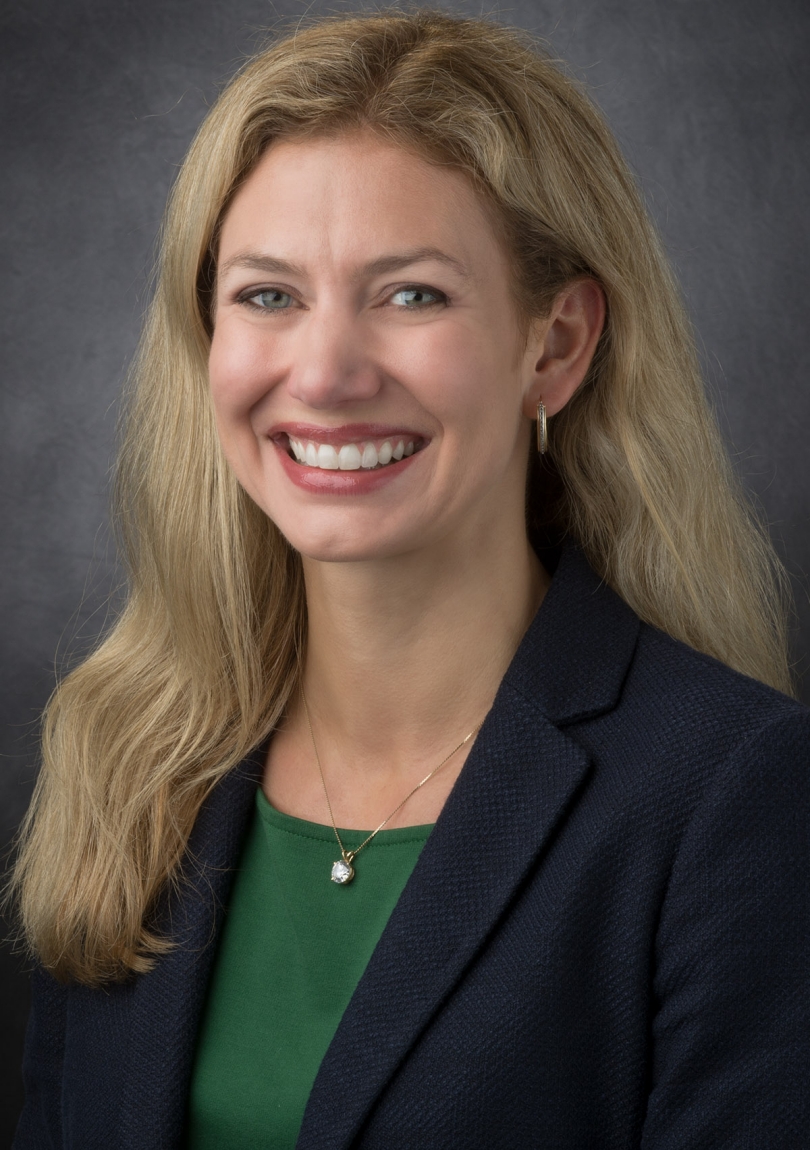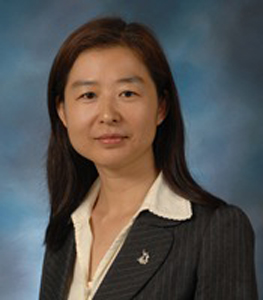Program Information
TG132: Image Registration and Fusion

K Brock
S Mutic
T McNutt
H Li
M Kessler
K Brock1*, S Mutic2*, T McNutt3*, H Li2*, M Kessler1*(1) University of Michigan, Ann Arbor, MI, (2) Washington University School of Medicine, Saint Louis, MO, (3) Johns Hopkins University, Baltimore, MD
TU-F-116-1 Tuesday 3:00PM - 3:50PM Room: 116Image registration and fusion has been in use in the clinic for a long time, however, in recent years its role has expanded to include multi-modality registration for planning, motion assessment, in-room treatment guidance, dose accumulation, replanning, and adaptive radiotherapy. These advances increase the complexity of the commissioning and quality assurance required. The AAPM formed a Task Group 132, to formalize the use of image registration and fusion in radiotherapy. The task group recommendations will be presented here. A brief summary of image registration and fusion techniques will be provided, however attendees are referred to Therapy Educational Session: Deformable Image Registration, Contour Propagation, and Dose Mapping for in depth details. The focus of this session will be methods for validation and quality assurance, commissioning, and clinical implementation in treatment planning and delivery.
Validation of image registration and fusion includes both qualitative and quantitate evaluations of the image registration results. End-to-end tests with physical phantoms can ensure that the image registration software integrates into the clinical workflow. In addition, virtual phantoms can allow detailed quantitative evaluation of both rigid and deformable registration. As the end goal is how to use the registration algorithm on clinical images safely, a comprehensive commissioning and QA program should also include evaluation on true clinical image sets.
Learning Objectives:
1. Describe the methods for validation and quality assurance of image registration techniques.
2. Understand the importance of acceptance testing, including end-to-end tests, phantom tests, and clinical data tests.
3. Describe techniques for patient specific validation.
Funding Support, Disclosures, and Conflict of Interest: Dr. Brock has financial interest in deformable registration technology through a licensing agreement with RaySearch Laboratories.
Contact Email:




